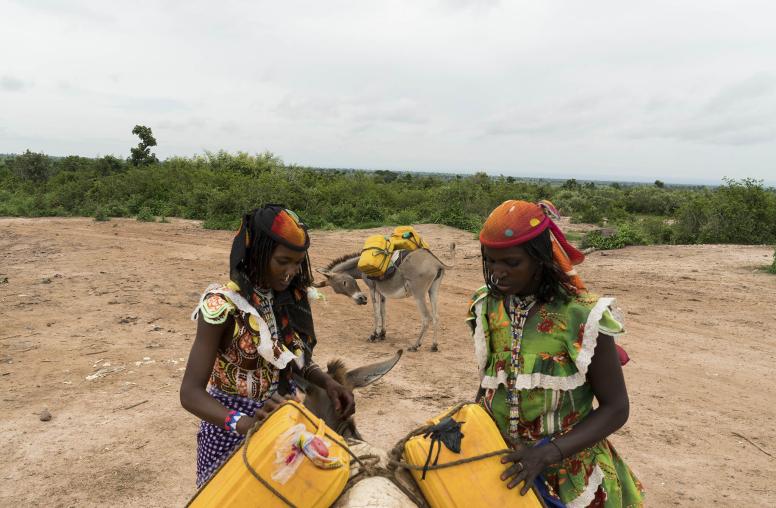After the Agreement: Why the Oversight of Peace Deals Succeeds or Fails
Almost every modern peace agreement has established some type of institution to oversee implementation of the agreement’s provisions and monitor compliance. This report provides a careful examination of monitoring and oversight mechanisms set up in Sierra Leone, Indonesia, Sudan, and South Sudan between 1999 and 2015, and offers a series of key lessons for the design of future monitoring mechanisms.
Summary
The journey to peace does not end once a peace agreement is signed. Almost every modern peace treaty establishes some form of institution—a committee, commission, or board—to monitor implementation of and compliance with the agreement’s provisions. Though the form and precise mandates of these monitoring institutions vary, the drafters of peace agreements often vest significant powers and far-reaching mandates in them. Despite their prominence and their potentially critical role in keeping agreements on track, however, relatively little is known about how these institutions are designed and where and why they are successful.
This report examines four monitoring and oversight mechanisms established in Sierra Leone, Indonesia, Sudan, and South Sudan and considers the retrospective analyses of those who worked on and with these commissions. Based on these case studies, six areas are identified for mediators, negotiators, and peace agreement implementers seeking to design future monitoring mechanisms.
Such monitoring and oversight institutions need credible, full-time leadership to succeed. Planning for monitoring and oversight must start early enough that valuable time at the start of implementation is not lost, particularly where agreements are already tenuous. Ensuring continuity between the peace agreement mediators and the monitoring entities can help provide essential context and understanding as the monitoring process unfolds. Monitoring and oversight mandates should be realistic and matched with appropriate resources so that the activity is meaningful and the institutions can propose or pursue corrective measures if warranted. Clear lines of accountability and reporting procedures can help these institutions to improve their credibility. Finally, rather than exclusively focusing on short-term, technical benchmarks, monitoring and oversight should be conducted with a long time horizon to be able to contribute to a broader consolidation of peace.
About the Report
This report examines the institutions established to monitor and oversee peace agreements, how such institutions are designed and function, and why they succeed or fail, based on case studies from Indonesia, Sierra Leone, Sudan, and South Sudan. The project was supported by the Center for Applied Conflict Transformation at the United States Institute of Peace.
About the Author
Aly Verjee was a visiting expert and then senior adviser at USIP from 2017 to 2019, a senior adviser to the Intergovernmental Authority on Development mediation for South Sudan from 2014 to 2015, and deputy and then acting chief of staff of the Joint Monitoring and Evaluation Commission from 2015 to 2016, overseeing the implementation of South Sudan’s 2015 peace agreement.



